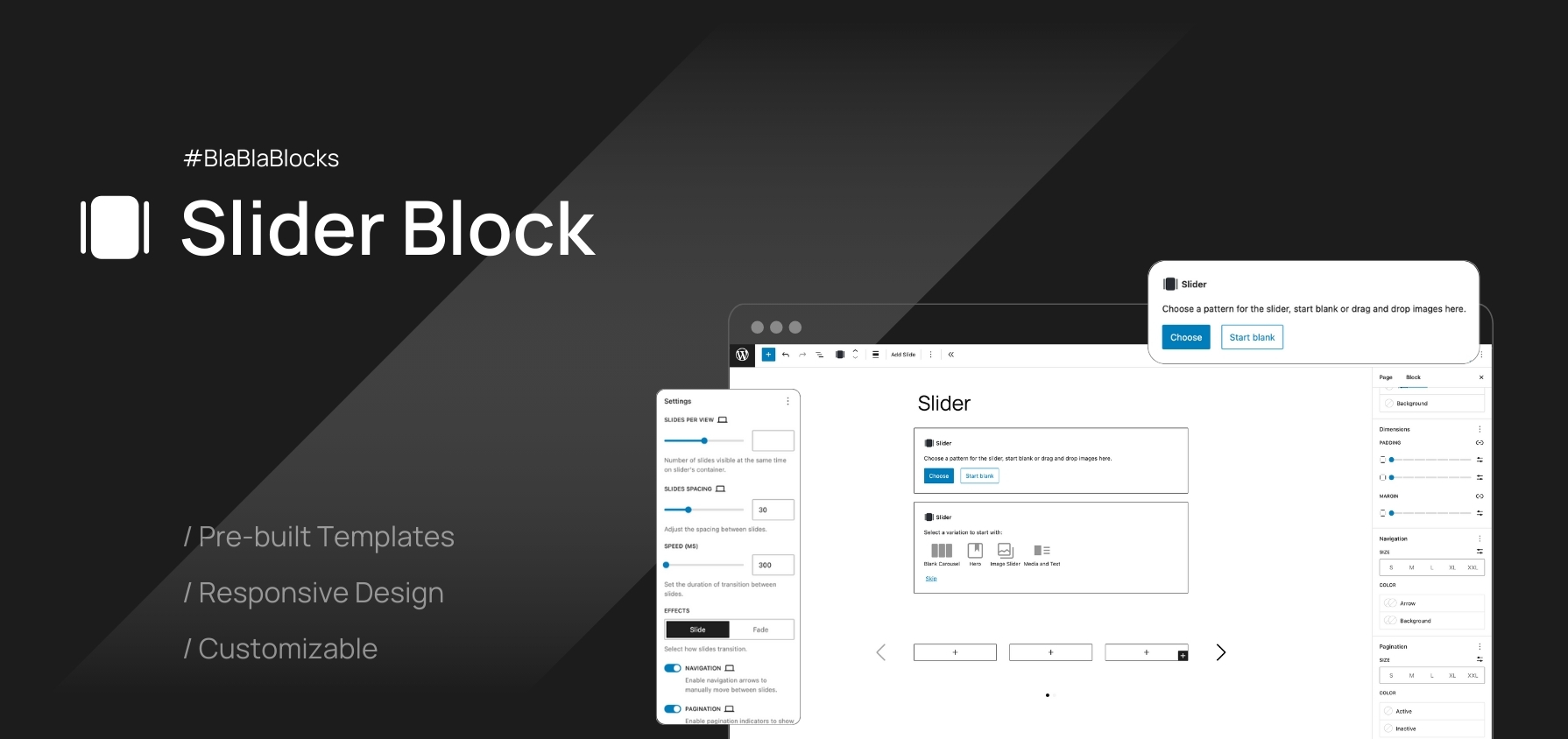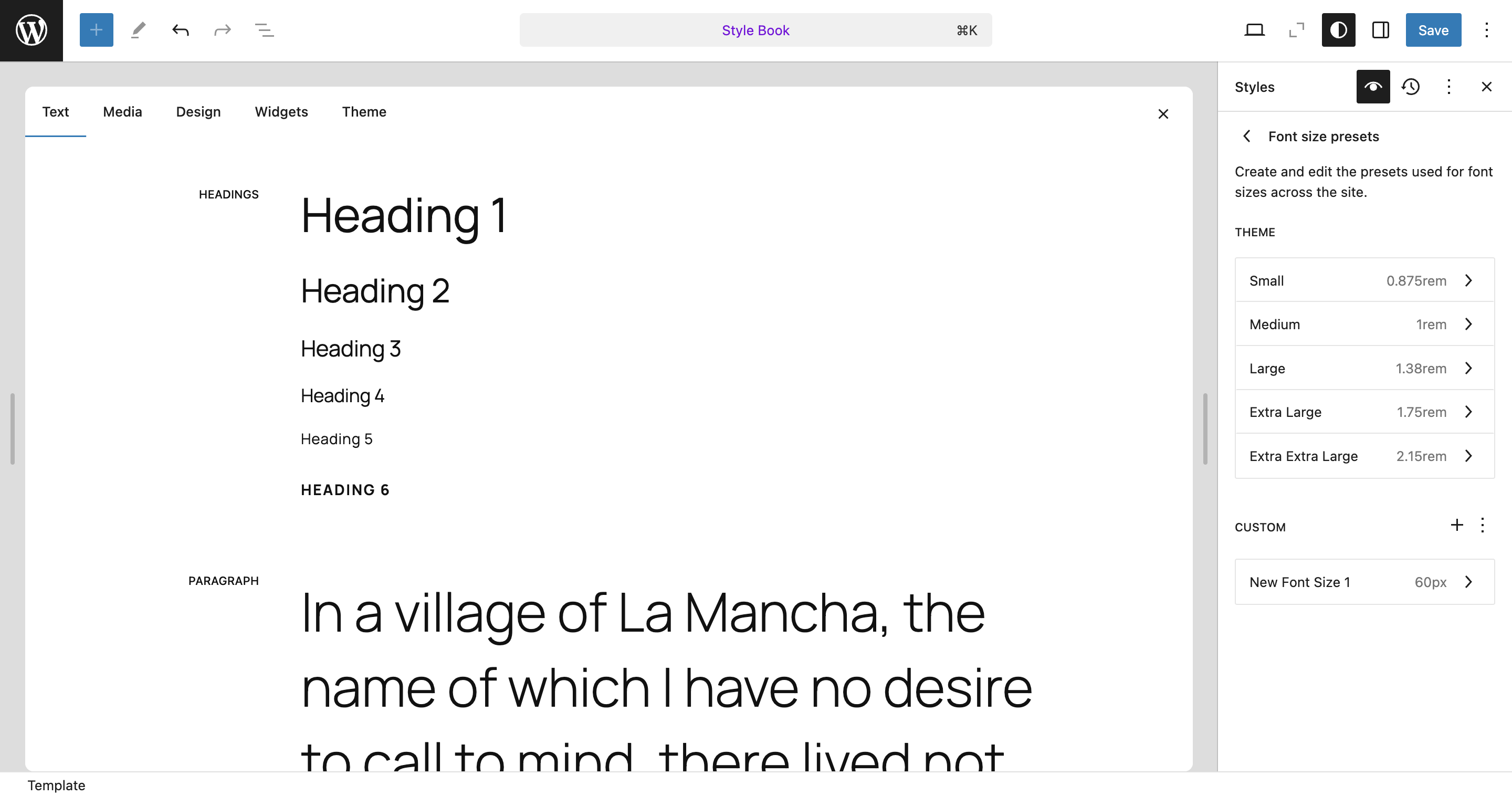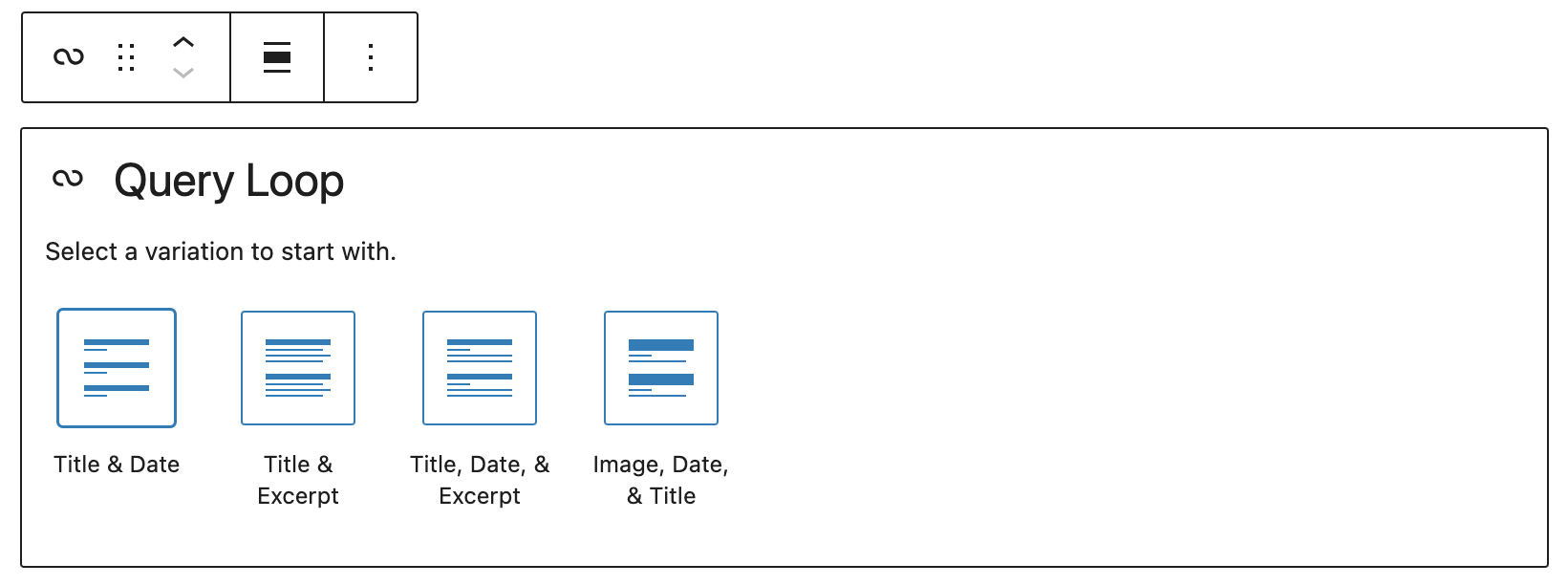The Developer’s Bank: A Beginner’s Guide to GitHub Through Financial Analogies
GitHub is a platform for version control and collaboration, often used by developers to manage and share code. To make it easier to understand, let’s consider financial analogies. Like a bank manages money, transactions, and customer accounts, GitHub manages code, changes, and collaborative projects. 1. Repository: Your Bank Account Bank Analogy: A bank account holds your money and tracks all transactions (deposits, withdrawals, and balances).GitHub Equivalent: A repository (or “repo”) is like a bank account for your code. It stores all your project files and tracks every change made to them.Git Commands: Example: Just as you open a savings account…






